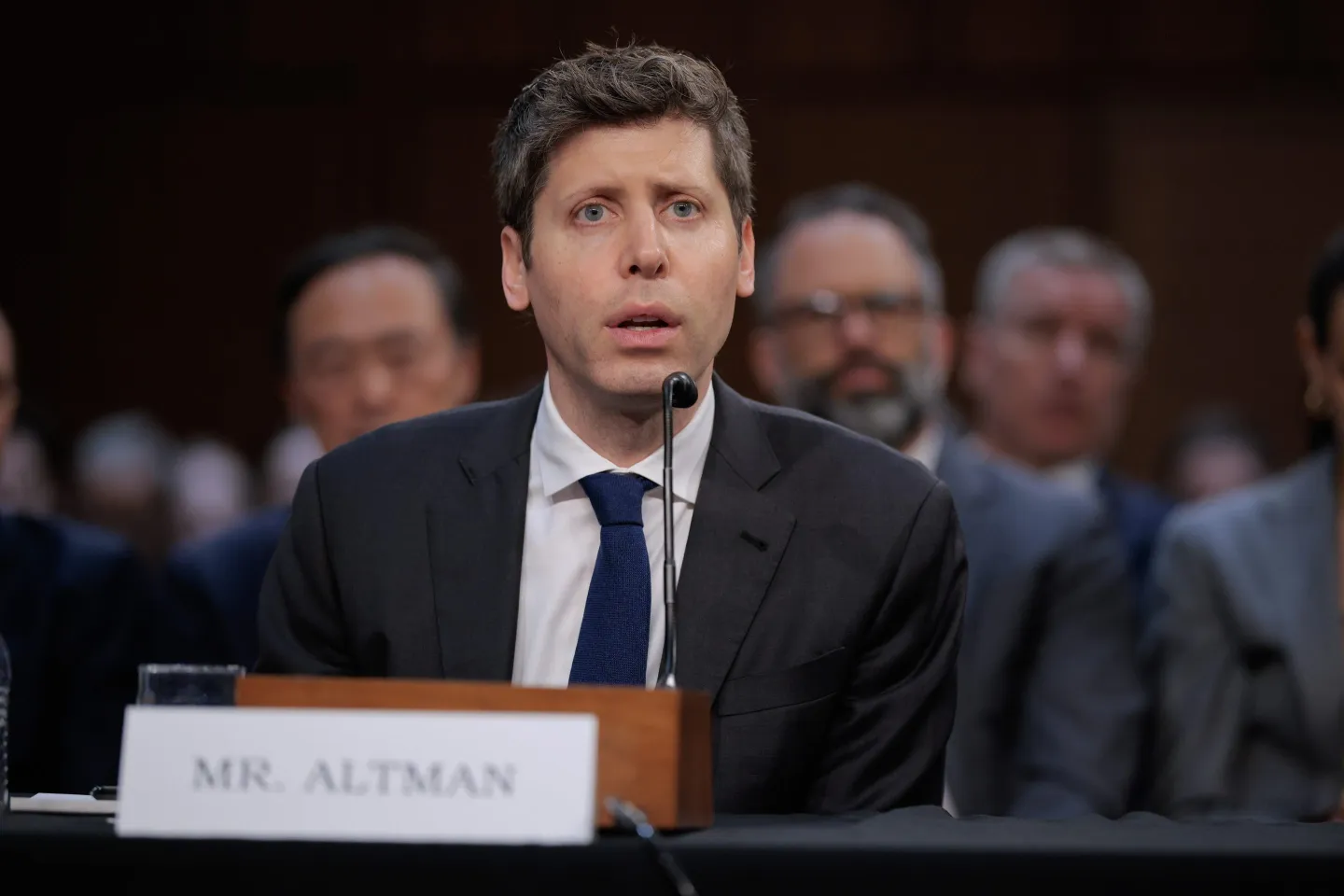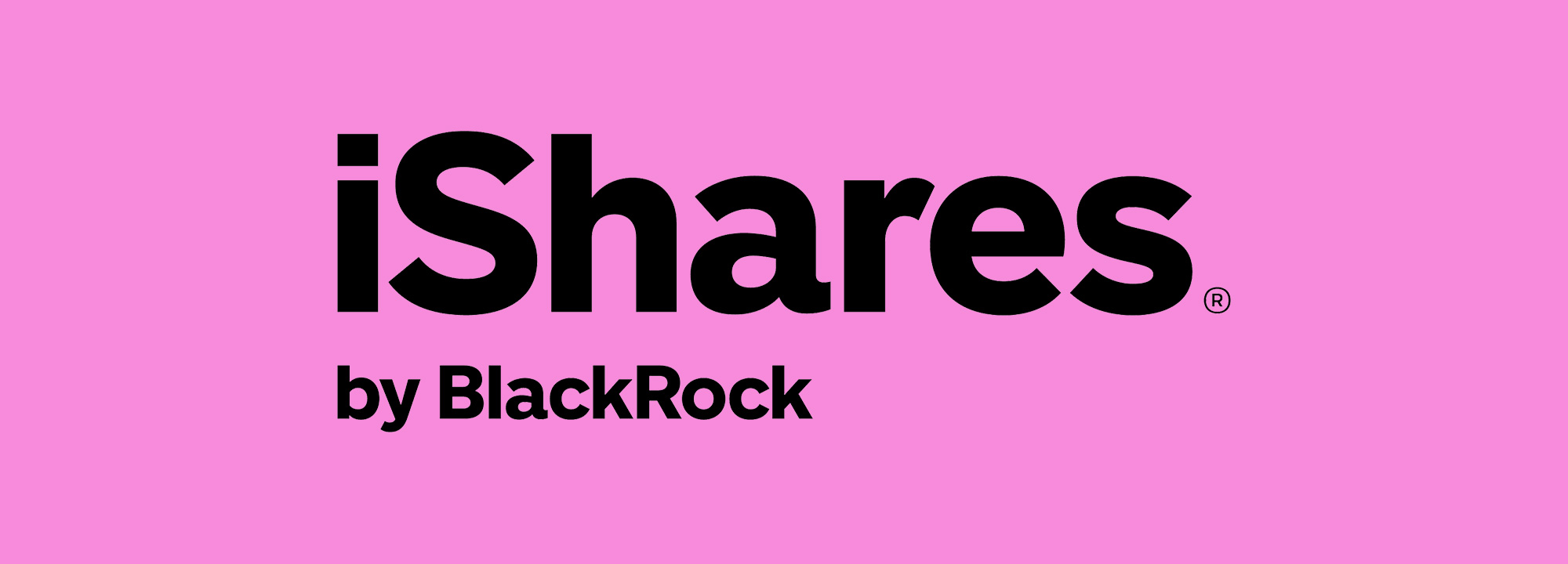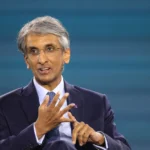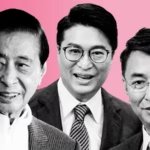Why Zohran Mamdani’s New York May Be Business as Usual — Despite His Revolutionary Rhetoric
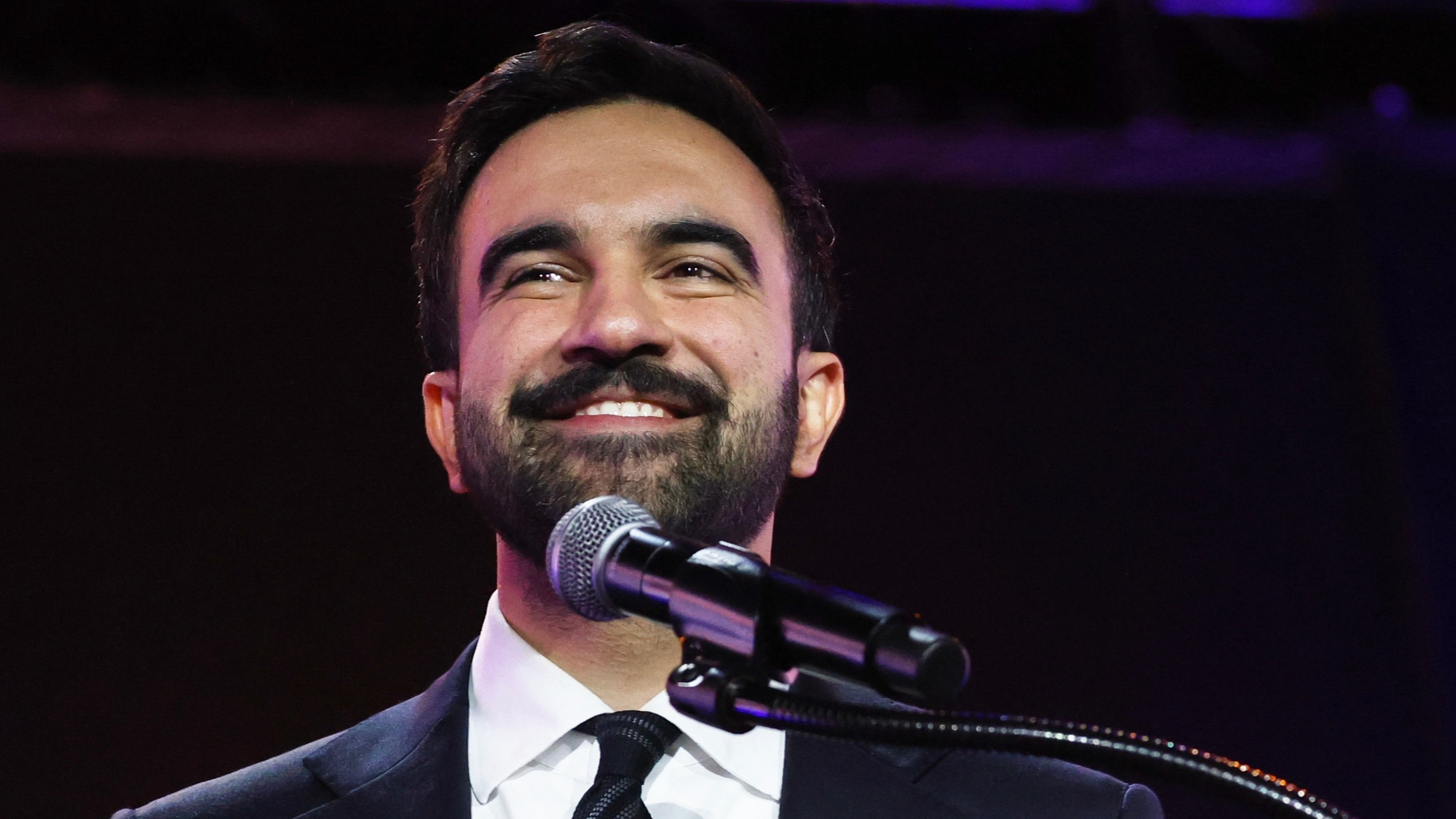
New York State Assemblyman Zohran Mamdani, a prominent voice of the progressive left and self-described democratic socialist, has captured national attention for his sharp critiques of corporate influence and his vision for a more equitable city. Representing Queens’ 36th District, Mamdani has made headlines with ambitious proposals — from rent cancellation and public banking to calls for ending private development subsidies and reimagining New York’s relationship with capital.
Yet as Mamdani’s profile rises, a more complicated picture emerges. Beneath the rhetoric of revolution, New York’s political machinery continues to grind forward — much as it always has. The city’s entrenched power dynamics, developer influence, and fiscal dependencies appear largely intact.
For all of Mamdani’s ideological fervor, his New York — the one shaped by unions, real estate, Wall Street, and pragmatic governance — may not look so different from the one his predecessors managed.
The Progressive Promise: Redefining Power in Albany
Elected in 2020 amid a wave of left-wing momentum that also swept figures like Alexandria Ocasio-Cortez to prominence, Mamdani positioned himself as part of a new political generation determined to break from establishment politics.
His legislative agenda has included:
- The “Public Bank Act”, which seeks to create municipally owned financial institutions that fund local housing and climate initiatives.
- Efforts to abolish tax breaks for luxury developers.
- Calls for stronger tenant protections and social housing models.
- Advocacy for renewable energy expansion and a publicly owned power grid.
Mamdani’s supporters hail these proposals as part of a larger movement to democratize the economy, reducing New York’s reliance on corporate finance and speculative real estate — sectors that have long dominated the city’s political landscape.
But despite his passion, few of his core proposals have become law. The state’s complex budget process, intertwined interests, and deeply institutionalized power blocs have slowed or diluted nearly every attempt at transformative reform.
“The left has ideas, but the establishment has infrastructure,” said Dr. Carla Mendes, a political science professor at Columbia University. “That’s the paradox Mamdani faces — radical ambitions operating within a conservative system of governance.”
The Political Machine Still Rules the Game
To understand why Mamdani’s New York still feels familiar, one must first understand how New York politics actually works.
At the city and state level, budget negotiations, committee appointments, and lobbying influence often outweigh ideology. Albany’s entrenched networks of power — spanning unions, real estate developers, and legacy donors — create structural resistance to systemic change.
Mamdani’s critics argue that while his movement has reshaped discourse, it has yet to dislodge the underlying political machinery that drives policymaking in New York.
“You can’t tweet your way past the budget committee,” one longtime Albany insider quipped. “Revolutionary energy is one thing, but the people who know how to get things funded still run the table.”
This reality has forced Mamdani and his allies to navigate the very systems they once vowed to dismantle. Coalition-building, compromise, and incremental wins have replaced the sweeping reforms promised in campaign speeches.
Developers Still Dominate, Wall Street Still Wins
Despite progressive outcry, New York’s economy remains anchored by two powerful engines: real estate and finance.
Luxury projects continue to rise across Manhattan and Brooklyn, often backed by the same developers Mamdani has accused of “profiteering off public policy.” Even as he pushes for affordable housing initiatives, the state continues to rely on private-public partnerships to build major infrastructure and residential developments.
Meanwhile, Wall Street — whose bonuses and tax revenues fund a sizable share of New York’s budget — remains largely untouchable. Calls to impose new financial transaction taxes or redistribute banking profits have gained little traction in Albany.
The fiscal paradox is clear: New York depends on the wealth generated by the very industries progressives condemn. Cutting off those revenue streams would create immediate budget crises for education, transportation, and healthcare — the very services Mamdani seeks to expand.
“There’s an inescapable interdependence,” explained Robert Kline, an economist at the New York Fiscal Institute. “Even the most progressive policymakers must acknowledge that Wall Street’s prosperity underwrites the social programs they champion.”
Public Housing, Private Realities
Housing has become the moral and political battleground for Mamdani’s New York. With rents at record highs and the NYC Housing Authority (NYCHA) facing chronic underfunding, Mamdani has argued for a publicly owned and publicly financed housing revival.
But so far, reforms have been modest. NYCHA’s capital deficit remains in the tens of billions, and many city officials continue to support public-private hybrid models to rehabilitate decaying buildings — a compromise Mamdani fiercely opposes.
His critics accuse him of ideological rigidity in a system that requires negotiation and fiscal realism. His supporters counter that without such conviction, the city will never break free from dependency on developers.
The result? A standoff where policy stagnation masquerades as balance, and the system endures much as it always has.
The Paradox of Progressive Power
Mamdani’s growing national recognition — and his alignment with figures like AOC and Bernie Sanders — has elevated his platform but also made him a lightning rod within New York’s political class.
To some, he represents authentic reform energy in a state long dominated by transactional politics. To others, he embodies idealism without execution, a brand of politics that excites headlines but struggles to govern.
The deeper irony is that Mamdani’s rise — funded by small donors, amplified by digital organizing, and legitimized through institutional office — reflects the same power structures of visibility and legitimacy that the political establishment uses.
“Even revolutionaries become institutional actors once they take office,” said Janet Ruiz, a historian of urban politics. “The challenge is whether they can use the tools of the system to truly change it, or whether the system uses them.”
So far, the evidence suggests the latter.
What Mamdani’s New York Really Represents
For all his firebrand speeches and progressive rhetoric, Mamdani’s New York — like Ocasio-Cortez’s Washington or Sanders’ Vermont — ultimately represents a battle of persistence, not victory.
He has succeeded in shifting the political conversation — pushing ideas like public banking, rent control, and energy democracy into the mainstream. But the machinery of state remains deeply resistant to radical change, preferring slow adaptation over rupture.
New York’s real estate prices continue to climb. Developers still wield disproportionate influence. Public housing remains underfunded. And Wall Street, the city’s perennial power center, shows no signs of retreating.
This continuity doesn’t necessarily mark failure — it may simply reflect the limits of individual reformers in a vast, entrenched urban system.
Conclusion: The Reform That Wasn’t — Yet
Zohran Mamdani entered office promising to upend the logic of power in New York. Four years later, the system looks remarkably intact. His battles — over rent, public banking, and the politics of fairness — continue, but the results remain incremental.
Perhaps that’s the truest reflection of New York politics: a place where ambition meets inertia, and where even the most radical visions must eventually contend with reality.
Mamdani’s New York is not yet the city he imagines. For now, it’s still the New York everyone knows — dynamic, ambitious, unequal, and stubbornly resistant to change.
In other words, business as usual.




